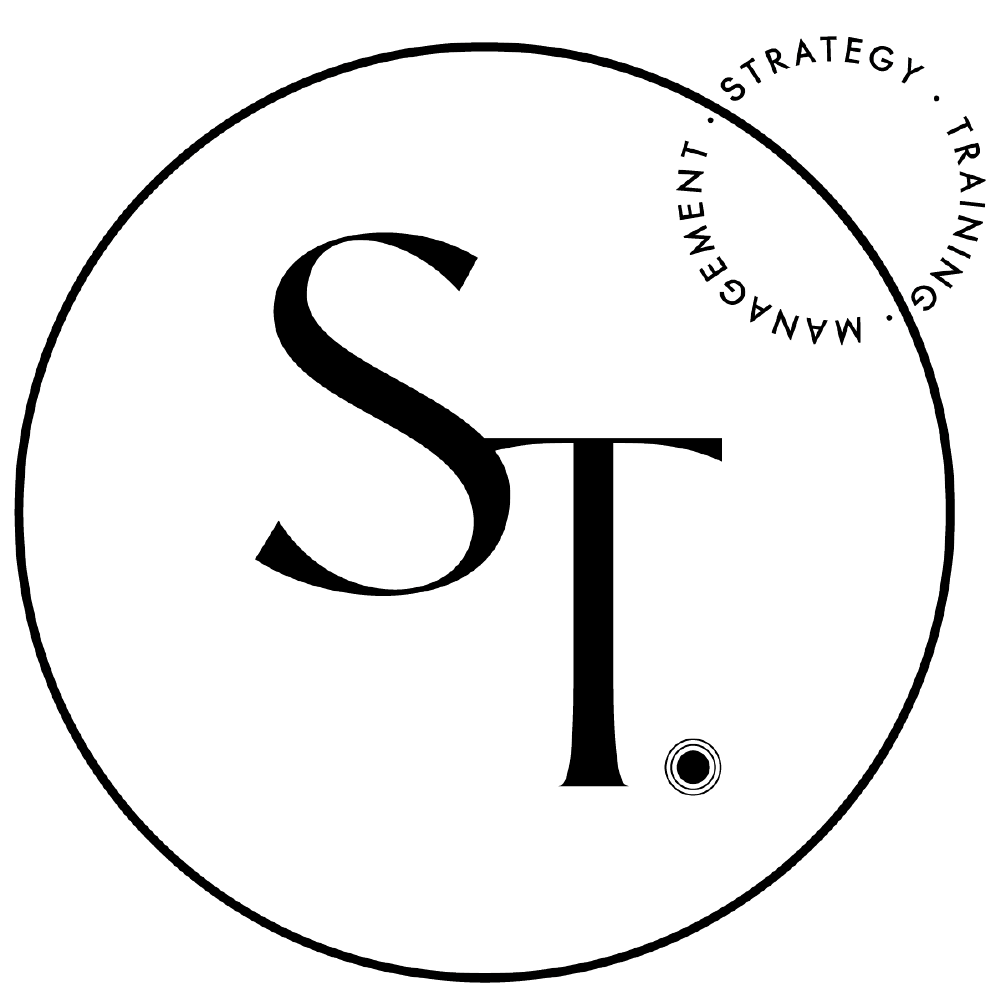Diversity and Inclusion on Social Media, Explained
The Difference Between Diversity and Inclusion
Promoting diversity and inclusion—both online and off—isn’t just the right thing to do, it’s also good business! When it comes to being a diverse and inclusive brand, it’s easy to feel overwhelmed by the amount of terminology. For example, the terms diversity and inclusion are frequently used interchangeably, but they are actually quite different!
Before incorporating these concepts into your marketing strategy, it’s important to understand what exactly they entail, so you can utilize them for your brand the right way. Let’s break these terms down in detail:
Defining Diversity and Inclusion
Diversity refers to demographics—like gender, race + ethnicity, age, sexual orientation etc., and inclusion is the makeup of a company’s culture that allows diversity to thrive. In a nutshell, diversity is the “what”, and inclusion is the “how”.
What does “diverse” social media look like?
Lori George Billingsley, Chief Diversity Officer for the Coca-Cola Company, describes diversity as “the differences you can see or describe in people.” With this in mind, a diverse social media marketing strategy is one that involves exactly that—content that features people, places and things from a variety of demographics. Here are some examples:
Diverse imagery: For social media (and other forms of content marketing), make an effort to use photos and visuals that truly represent the diverse world we live in! Luckily, the stock photo landscape has evolved to include several sites—such as Women of Colour in Tech, Burst, and Pexels—committed to sourcing images of diverse people in a wide range of roles. This makes it much easier for businesses to promote inclusion across their social channels.
Add diverse and inclusive icons, images and emojis: Aim to use multiple colours of emojis when sharing posts online. Also, consider how your emoji use will impact those with blindness or low vision. For example, place emojis at the end of a sentence. The more important information should be available first.
Use gender-neutral language: Try to avoid language that is biased towards one gender, such as “ladies,” “girls” or “hey guys!”. When it comes to your social messaging, applying a policy of gender neutrality can be an effective way to ensure no one feels left out.
Include video captions: Closed captions are crucial for viewers with hearing impairments. They also enhance the viewing experience for people watching in their non-native language or viewers in sound-off environments.
What does “inclusive” social media look like?
A 2018 Gallup report describes inclusion as “a cultural and environmental feeling of belonging.” In other words, it involves ‘the extent to which employees are valued, respected, accepted and encouraged to fully participate in an organization’. So how do you incorporate this from a social media standpoint?
Conduct a company audit: Take the time to audit your company’s social media posts every so often. Test them with accessibility tools, and find ways to improve the content you’re sharing. Most importantly, collaborate with your diverse staff and get their feedback on how to make sure your content hits the mark and is representative of everyone.
Engage and follow: True inclusion celebrates individuality! Follow diverse influencers and thought leaders, or educational accounts that cover D&I topics. “Like” posts about diversity and inclusion, and reply or comment to show your support for D&I posts.
Listen and learn: Diversity without inclusion could result in “tokenism”, which is the last thing you want. Ensure your social media content is truly inclusive by continuously educating yourself and your team on concepts relating to D&I. If you’re unsure of something (such as whether a particular post or phrasing is appropriate), reach out to an expert or someone in a diverse community and ask for their advice.
Hire diverse content creators: This one is key! The best, most obvious way to be a truly inclusive brand is to hire diverse people where you can, from consultants and contractors to full-time or part-time staff. They will help you consistently create strong, value-driven content that is relatable to everyone.
There you have it! Diversity and inclusion don’t need to be confusing concepts. By understanding the differences between them and what their roles entail, you’ll be able to create a truly diverse and inclusive marketing strategy that will help your business grow and thrive.


